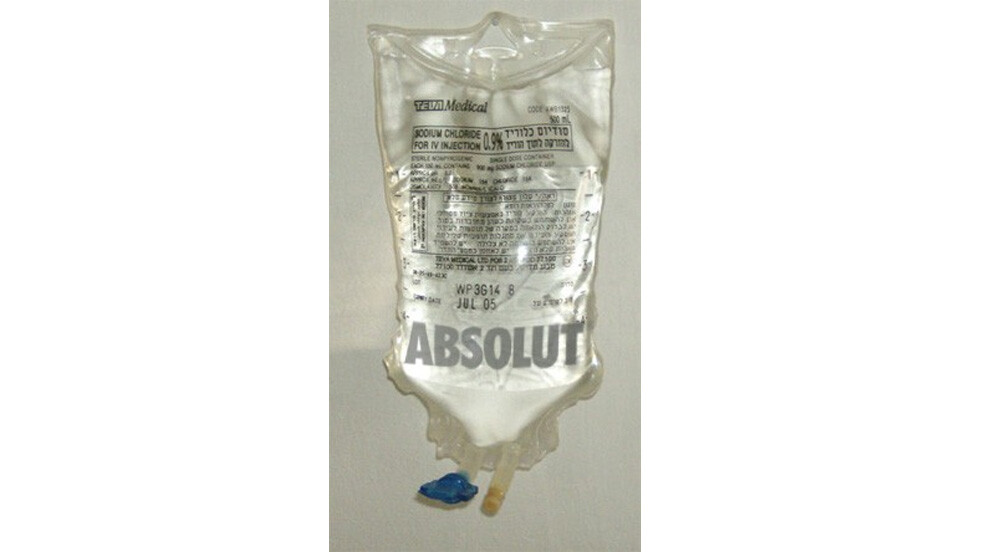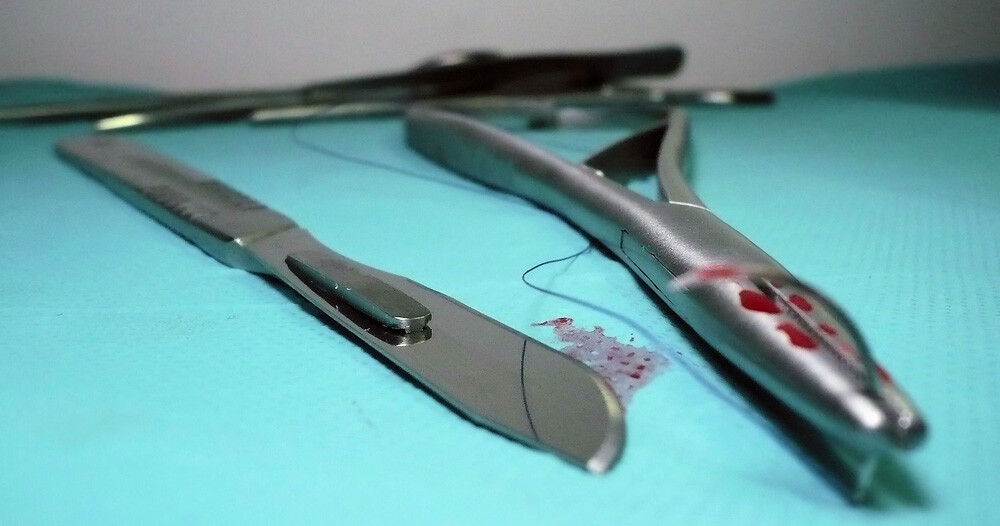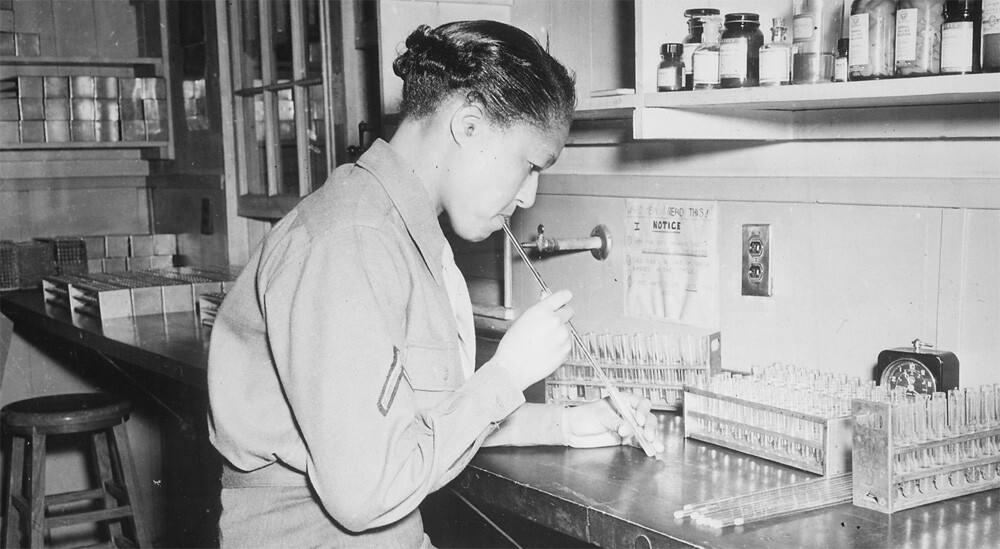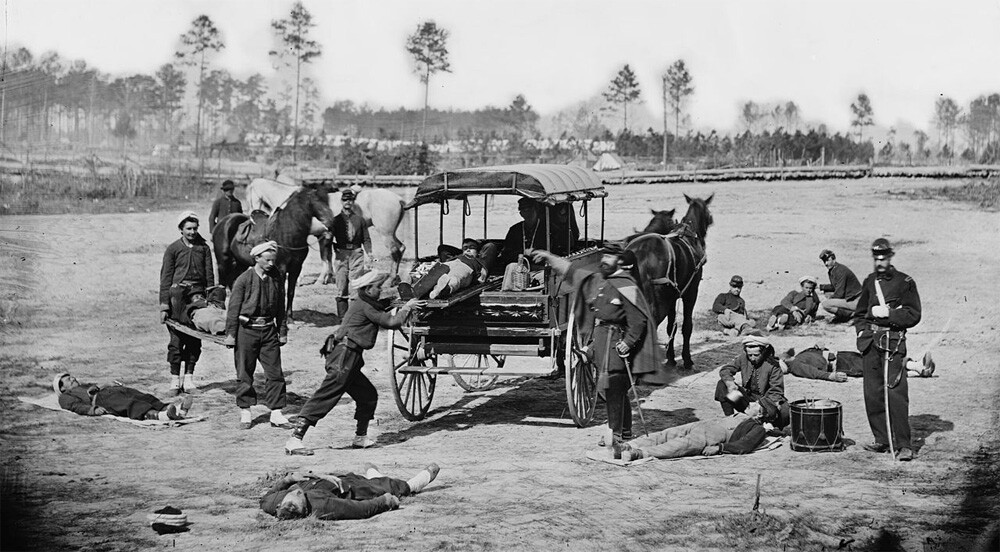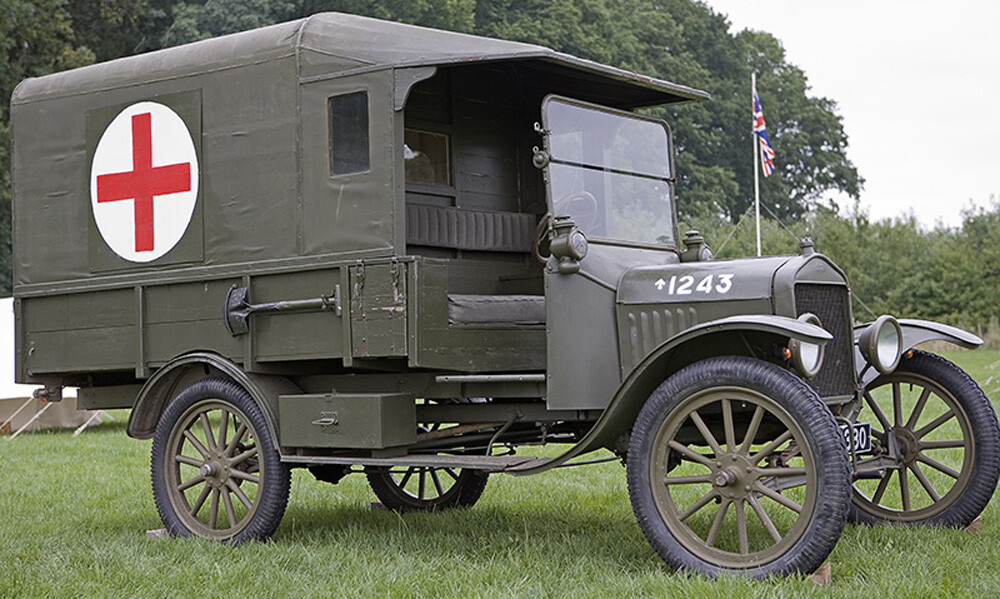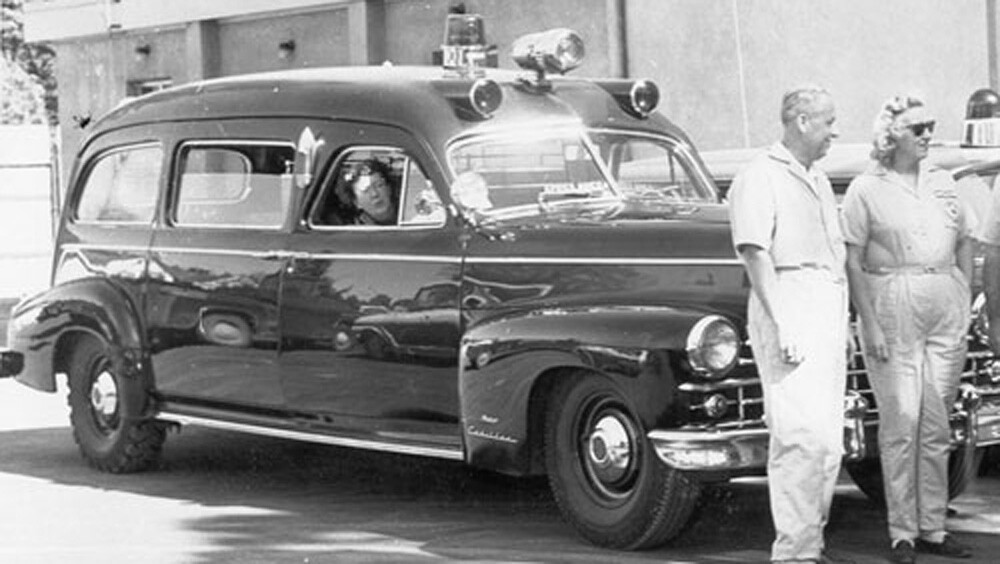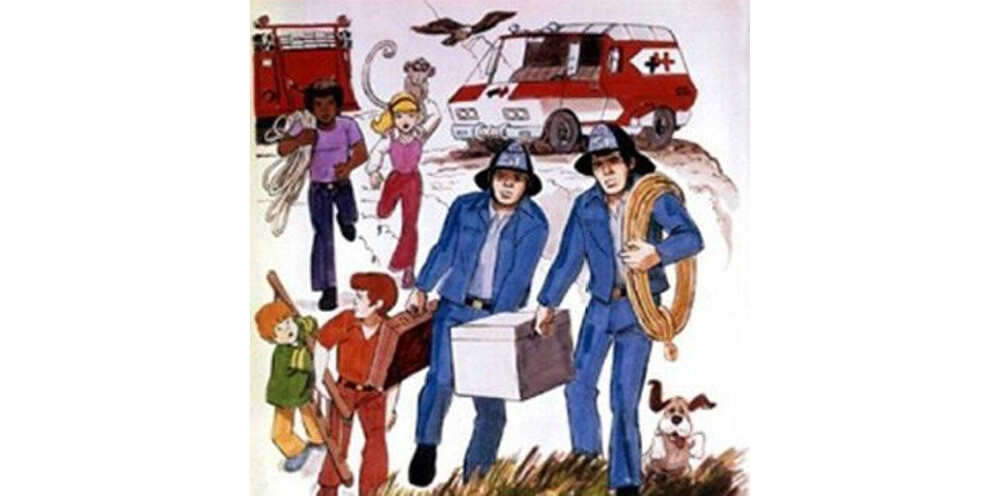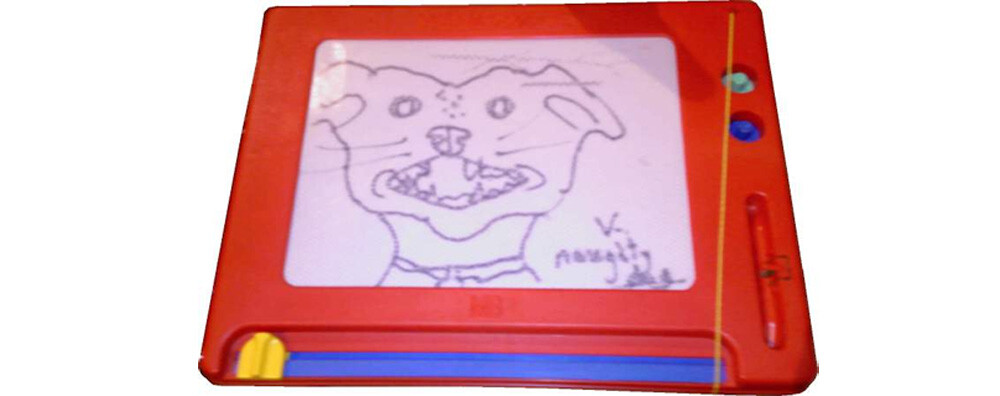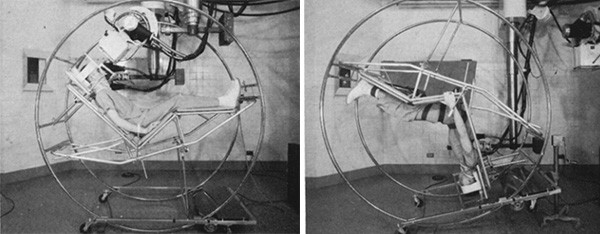At the time, doctors believed babies' nervous systems weren't developed enough to sense pain. You might think people would have concluded otherwise several millennia ago, the very first time someone poked at a baby and saw it shriek, but doctors figured there's a difference between reacting to contact and experiencing suffering. "An octopus tentacle on your plate might recoil when you stab it," argues our imaginary '80s doctor, "but that doesn't mean someone's feeling pain, right?" And even if babies could feel pain, doctors reasoned, they probably wouldn't remember it when they grew up. So, given how hard it is to calculate the safe dosage of anesthesia for a newborn, the safest thing to do was to skip the anesthesia and let them forget the pain.
Of course, babies thrashing about between one cut and the next would bother surgeons whether or not any actual sentient suffering is going on. That's why doctors did inject babies with something, if not anesthesia. They'd inject a paralytic agent. Even while feeling every part of their surgery, the babies would be unable to move or respond in any way.

It took the dedicated work of one Stanford doctor, Kanwaljeet Anand, to convince the medical community that infant pain is real. He measured the stress hormones associated with pain, found that those do spike when surgeons stab babies, and found anesthesia makes them rise less -- and anesthesia also increases the chance of the baby surviving the operation. Newspapers in the years that followed would report on these findings with this deadpan line: "Recent research has shown that children do feel pain." That same report (from 1991), contains this accurate prediction from a specialist in the new subject of pediatric pain relief: "I suspect in 10 or 20 years we will look back and see what we were doing to children, and think that this was an uncivilized period in medical history."








